BLEMISHED SKIN: WHAT YOU CAN DO
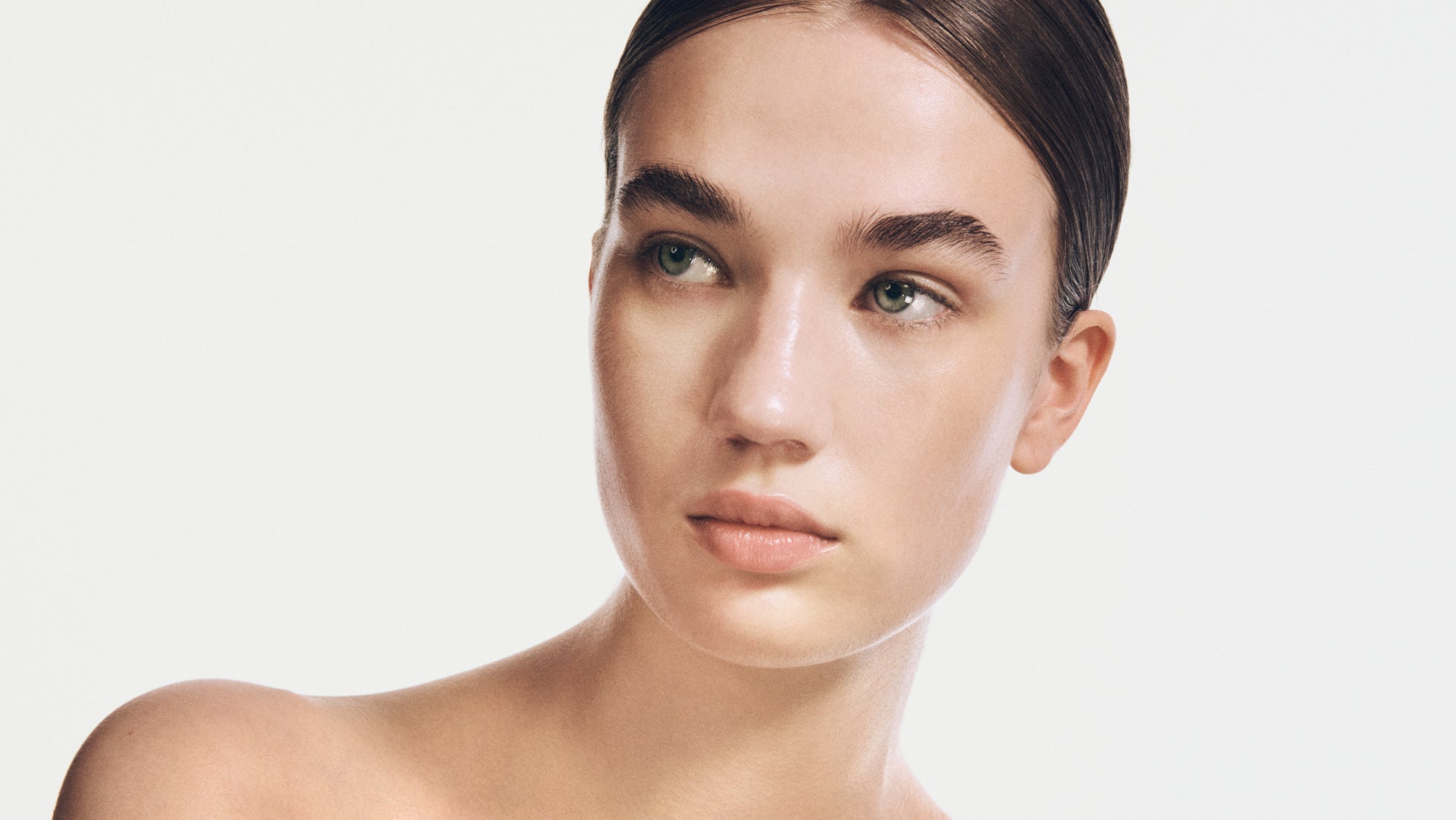
BLEMISHED SKIN: WHAT YOU CAN DO
Blemished skin on the face is a skin condition that can affect people of all ages. This article tells you how to deal with it and improve this condition.
Retinal can help to refine the skin's appearance and reduce blemishes - the active ingredient is contained in Absolute A Retinal Serum. Go directly to the store here:
WHAT IS BLEMISHED SKIN?
Blemished skin is mainly characterized by excessive sebum production (seborrhoea), clogged pores (comedones) and inflammatory lesions such as papules and pustules. It often occurs during puberty, but can also affect adults, especially in the case of hormonal changes.
Important: blemished skin is a skin condition, not necessarily a disease. Acne, on the other hand - the medical term for the most common form is acne vulgaris - is a chronic, inflammatory skin condition. It is characterized by pimples, comedones and pustules.
There are two different types of blemishes: non-inflammatory blemishes (such as blackheads) and inflammatory blemishes (such as pimples and cysts). Blemished skin can be accompanied by enlarged pores, an oily sheen or - on fair skin - localized redness. In dark skin types, on the other hand, blemishes and acne can often lead to pigmentation disorders or dark discoloration.
TIPS AGAINST BLEMISHED SKIN
What helps against blemished skin? There are a few tips that can have a positive effect on the appearance of your skin:
- Gently cleanse blemished skin
Blemished skin does not need to be cleaned aggressively. On the contrary: washing too often can damage the skin barrier and promote blemishes. For blemished skin or acne, a mild facial cleanser with a pH-neutral, non-drying formulation is sufficient to remove excess sebum without irritating the face. Aggressive surfactants or formulations with a high alcohol content are less recommended. - Integrate effective active ingredients into your routine
There are several active ingredients that can be recommended in facial care to combat spots and blemishes:
- AHA (e.g. glycolic acid): Alpha hydroxy acids (AHA) promote natural exfoliation by gently dissolving dead skin cells.
- BHA (e.g. salicylic acid): Salicylic acid is an exfoliating substance and is also lipophilic, meaning that it can penetrate the skin as it has a high fat content. Salicylic acid frees the pores from excess sebum and can help combat blackheads and spots.
Chemical peels with AHA (e.g. glycolic acid) and BHA (salicylic acid) help to remove dead skin cells and cleanse the pores on the face. Mechanical peels are not recommended: they contain small granules - usually in the form of a cream or gel - and can cause micro-injuries to the skin.
- Retinoids (e.g. retinal): Retinoids can regulate keratinization and reduce sebum production, meaning they have a comedolytic effect. They can also have an anti-inflammatory effect. A retinal serum can therefore be worthwhile for blemished skin.
- Niacinamide: Niacinamide regulates sebum production and can reduce redness and hyperpigmentation - these are dark spots or discolorations that can remain after blemishes or lesions caused by acne. Niacinamide can therefore help with blemished skin - for example in the form of a weekly face mask such as the Pore Perfection Purifying Mask.
- Incorporate moisture and UV protection
Blemished skin can also be dry - and also needs moisturizing. For facial care for acne and blemishes, light formulations with ceramides and panthenol, which can regulate the moisture balance and strengthen the skin barrier.
Important: When dealing with blemished skin, you don't necessarily have to use a skin cream against pimples. Face cream with salicylic acid does help effectively with enlarged pores and spots - but it is even more important to use a moisturizer in the first place. This is because it is a widespread myth that moisturizing skin care additionally stimulates sebum production and may be the reason for oily skin and blemishes in the first place. Also incorporate sun protection with a high SPF into your daily routine - for example in the form of a sun cream or a light SPF fluid. This protects your skin from premature ageing and can also counteract post-inflammatory hyperpigmentation.
- Remove skin blemishes
Want to remove blemishes? You shouldn't try it yourself. Inflamed blemishes and blackheads should only be treated by trained beauticians. They have the necessary expertise and technique to remove facial blemishes safely and effectively without damaging the skin or leaving scars.
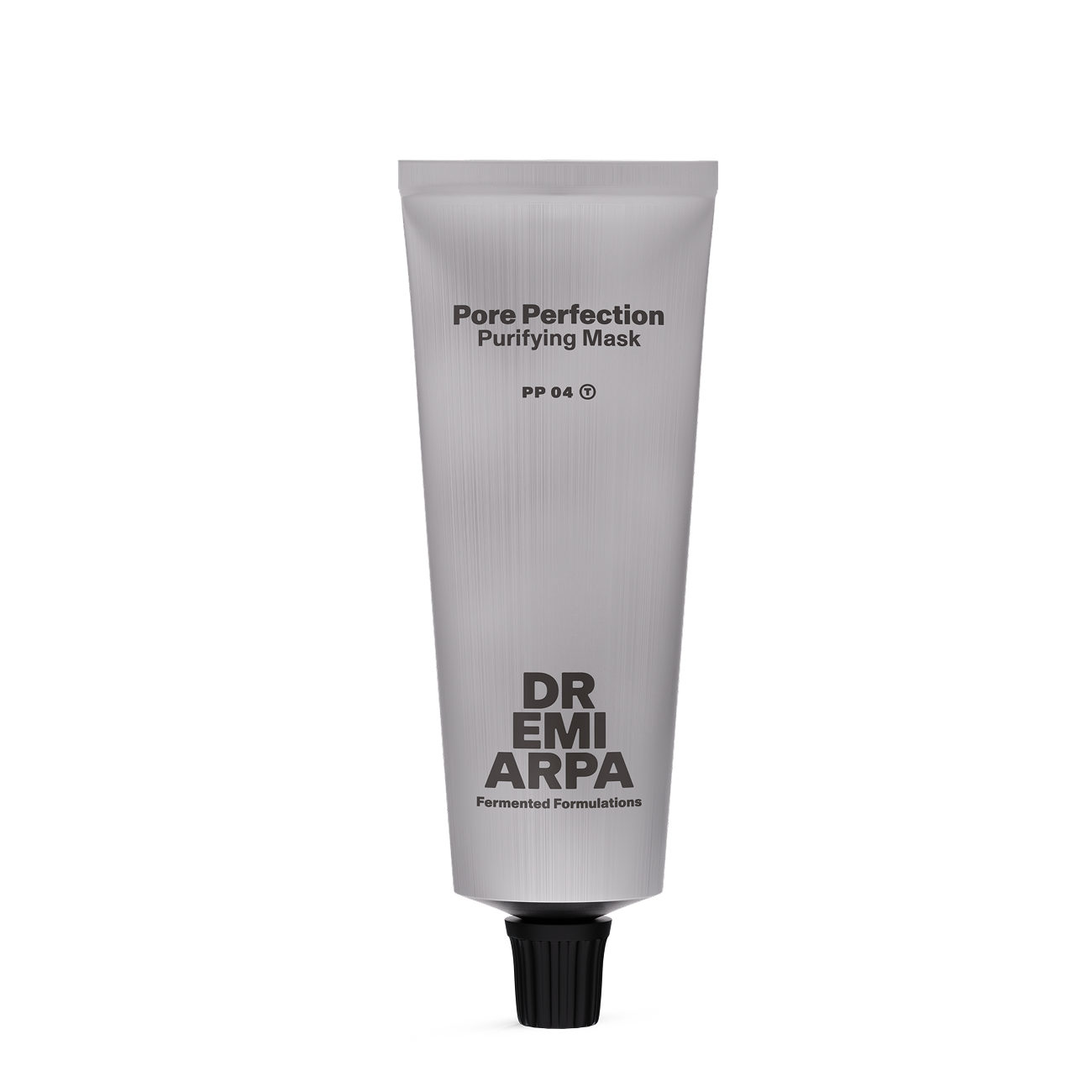
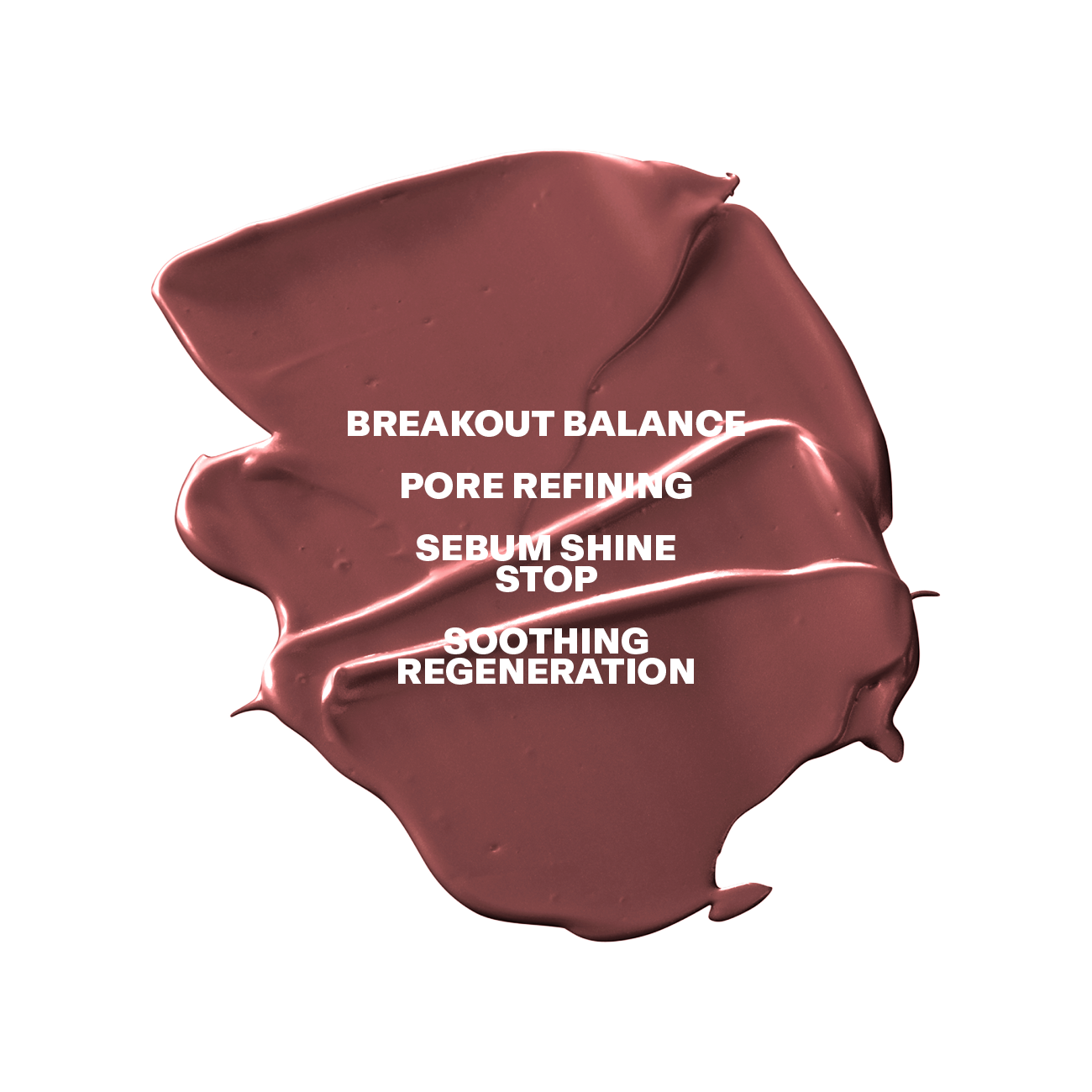
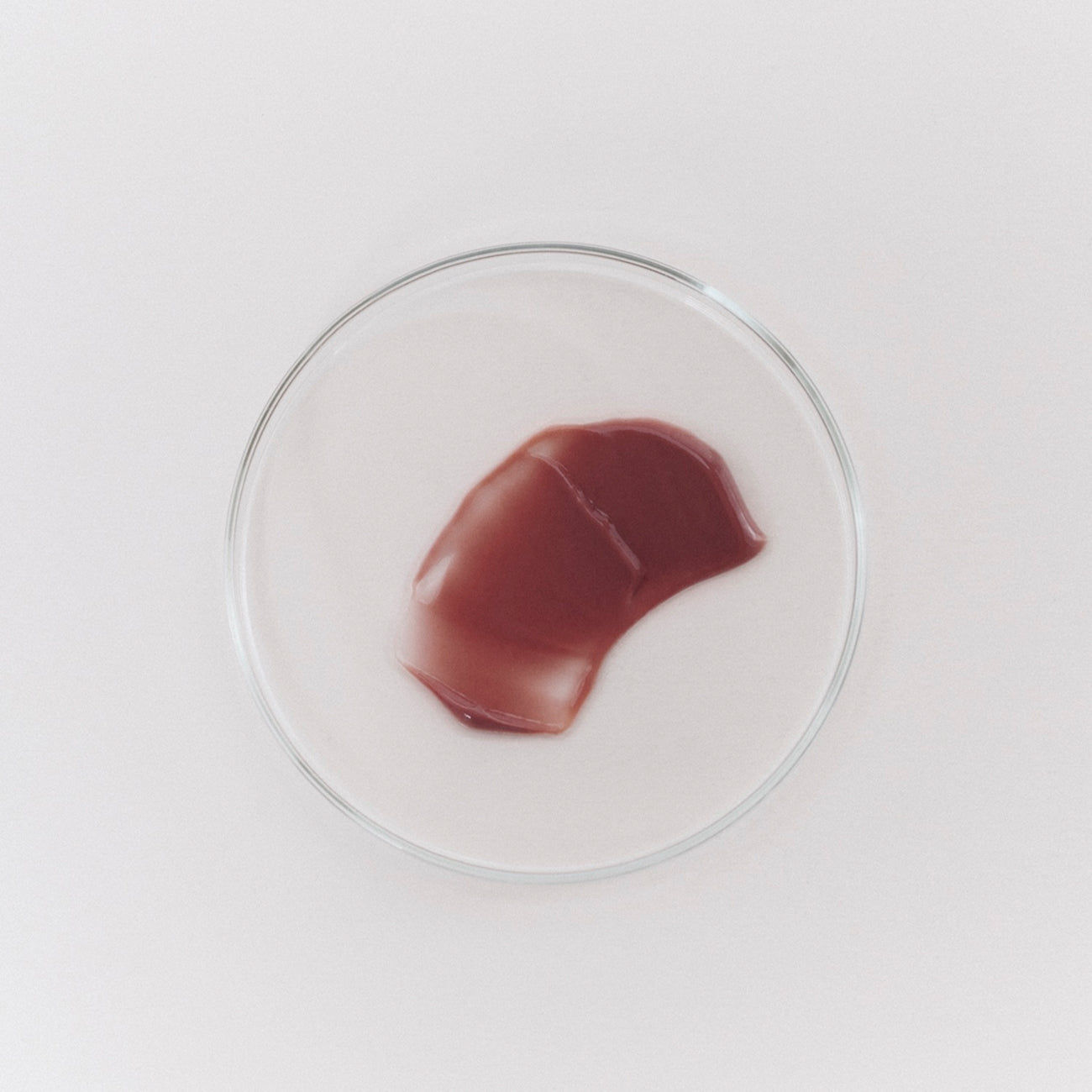
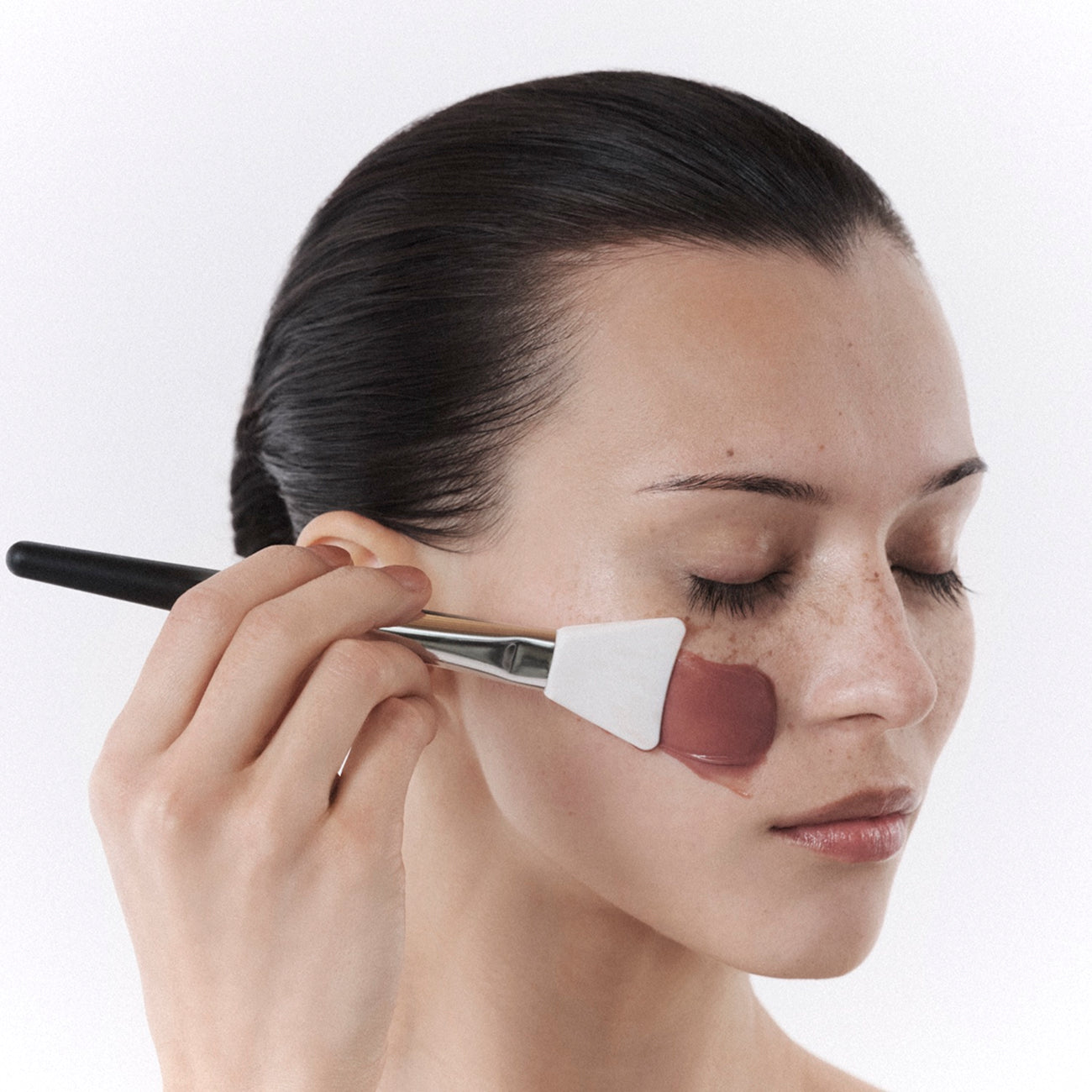
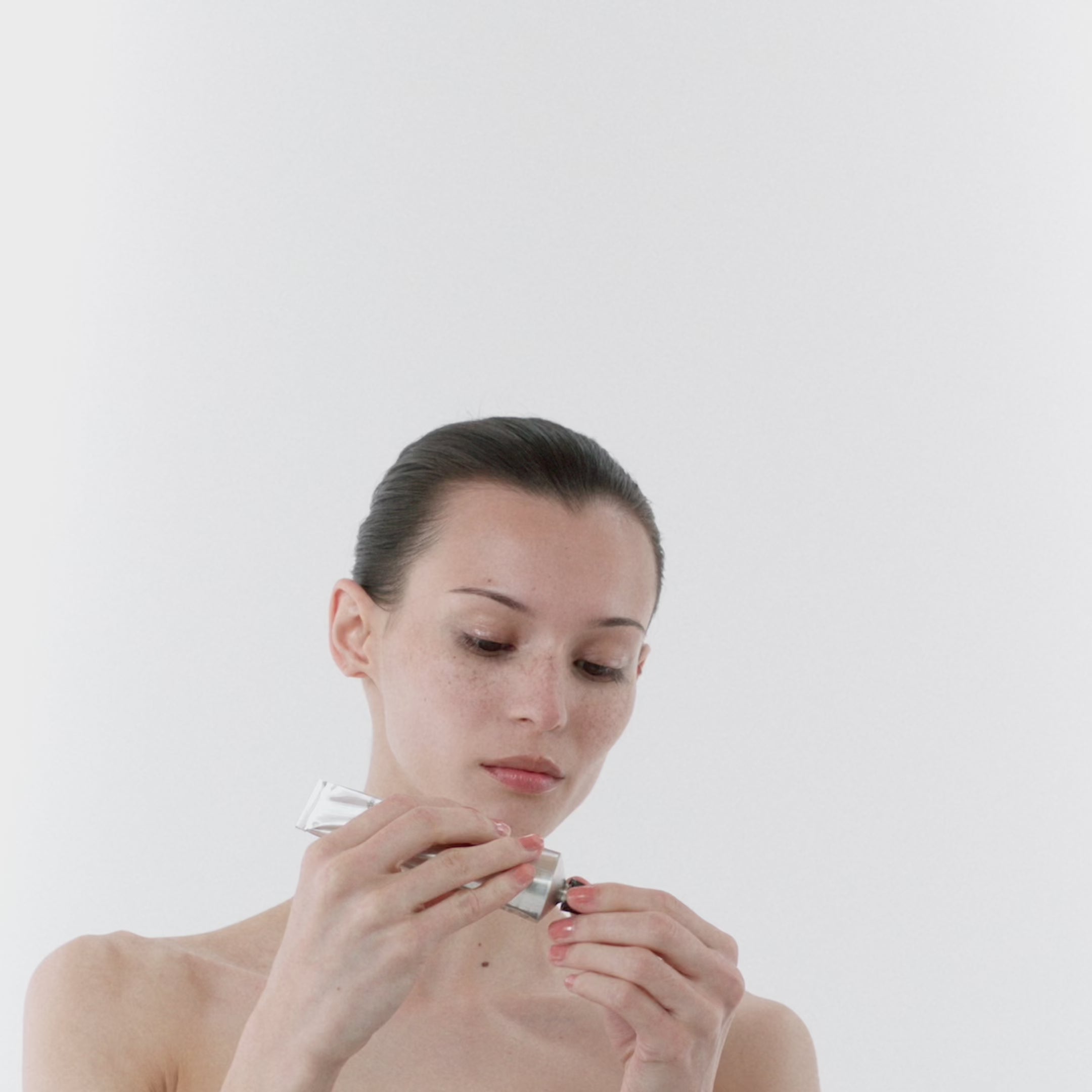
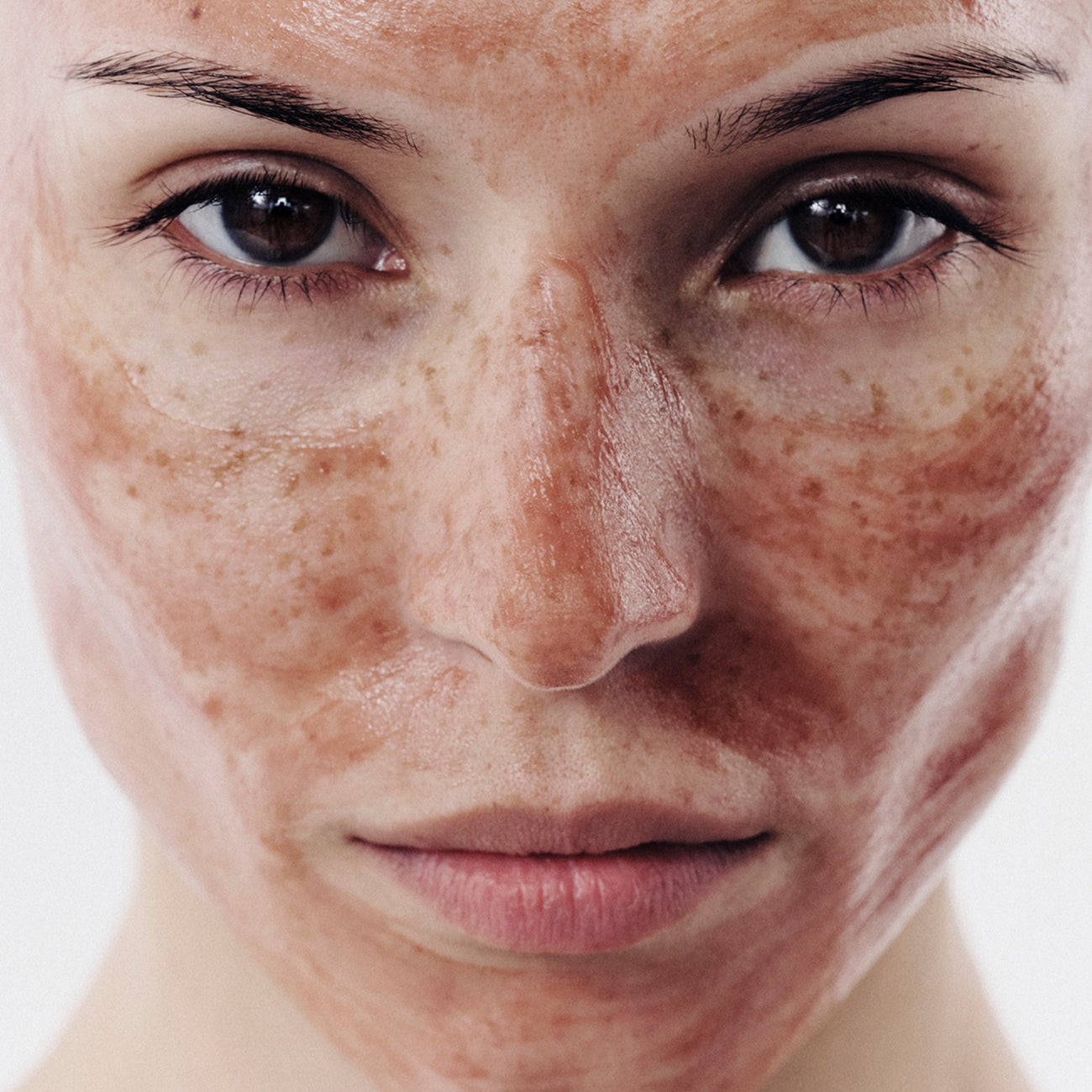
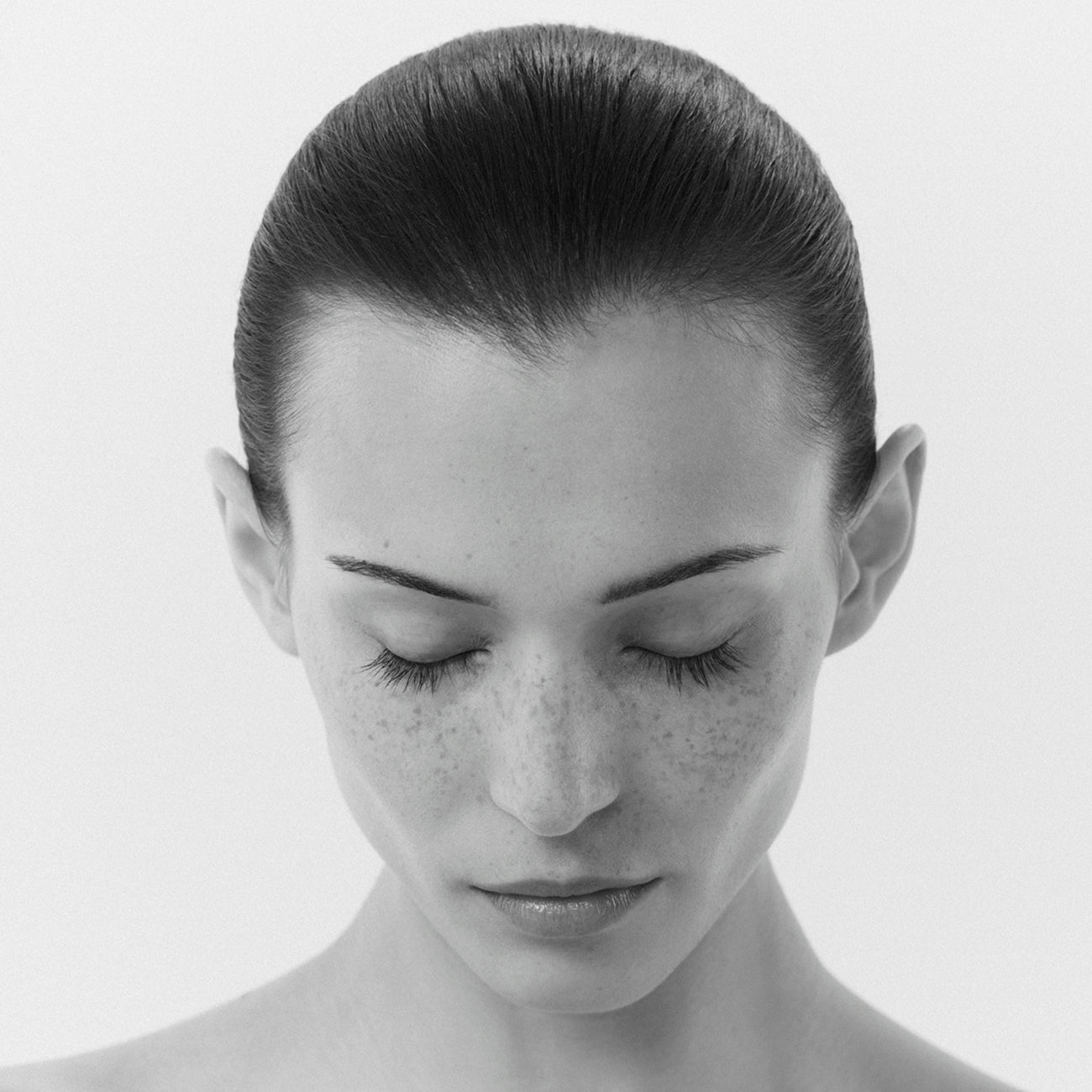
Purifying Mask
- 10 % pre- and postbiotics support the skin microbiome, have an anti-inflammatory and soothing effect.
- 10 % niacinamide helps to reduce impurities and hyperpigmentation and has a sebum-regulating effect.
- 2 % BHA refines the pores, regulates sebum production and has an anti-inflammatory effect.
- Kaolin has a sebum-absorbing effect.
- Allantoin promotes skin regeneration.
BLEMISHED SKIN: THE RIGHT SKINCARE CAN HELP
Step 1: CLEANSE - Mild cleansing
Use a daily cleansing gel with mild surfactants, for example The Ten Out of Ten Gentle Gel Cleanser.
Step 2: EXFOLIATE - Exfoliate
Integrate the regular use of a chemical peel with AHA and BHA to exfoliate the skin. The Active Acids Exfoliating Mask, for example, is suitable for this.
Step 3: PREPARE - Using a toner
A soothing toner can help with pimples and sometimes acne. Use a product that strengthens the skin barrier and prepares your skin for subsequent care - for example the Essential Essence Skin Balancing Toner.
Step 4: TREAT - Treatment with active ingredients
In facial care against spots and blemished skin, you can use retinoids or niacinamide in the form of a serum or a weekly mask, for example. Retinoids (retinal) are contained in Absolute A Retinal Serum.
Step 5: MOISTURIZE - moisturizing care
Use a light moisturizer such as the Barrier Boost CPA Barrier Cream.
Step 6: DEFENCE - UV protection
Use a sunscreen with a high sun protection factor and UV filters against UVB and UVA radiation every day to protect your skin.
YOUR ROUTINE AGAINST BLEMISHED SKIN
MAIN CAUSES OF BLEMISHED SKIN
Hormonal influences
Hormonal changes are one of the most common causes of blemished skin. Androgens, for example testosterone, stimulate sebum production, which can lead to clogged pores. Acne and blemishes can occur at almost any age, even in menopausal women. They are also common during puberty, the menstrual cycle, pregnancy or under the influence of hormonal contraceptives
Excessive sebum production (seborrhea)
The overproduction of sebum is usually one of the causes of oily skin. It provides an ideal environment for the bacteria known as Cutibacterium acnes, which can promote skin blemishes. In addition, cornification disorders and sebum deposits on the face can prevent sebum from draining properly, which can lead to clogged pores.
As a result, clogged pores can manifest themselves in the form of closed comedones (white blackheads) or open comedones (blackheads).
Incidentally , the dark coloration of blackheads is caused by the sebum and dead skin cells on the surface of the pores reacting with oxygen.
External factors
- Stress activates the so-called hypothalamic-pituitary-adrenal axis, or HHN axis for short, and can lead to inflammatory processes in the skin.
- UV radiation can affect blemished skin in various ways: it promotes thickening of the skin (hyperkeratosis) and stimulates sebum production, which can lead to blemishes. It also increases the risk of post-inflammatory hyperpigmentation - dark spots that remain after spots. Consistent UV protection helps to minimize these effects and maintain skin quality.
- "Comedogenic substances" in skincare products are often associated with clogged pores and blemishes. However, there is actually no standardized scale or official definition that determines which products - such as face creams - are considered "non-comedogenic".
Good to know:
Assessing the comedogenicity of a product is difficult as there is no standardized testing system and many assessments are based on outdated tables. In fact, every skin reacts differently and whether a product promotes blemishes depends not only on individual ingredients but also on their concentration and the overall formulation. This means that a substance that could be potentially comedogenic in isolated form often behaves completely differently in a well-formulated product. We therefore recommend that you test new products on a small area of skin first.
Dysbalance of the skin microbiome and impaired skin barrier
The skin barrier protects the body from harmful environmental influences and prevents too much moisture from escaping from the skin. It can be weakened, for example, by a disturbed lipid composition (including ceramide deficiency). An impaired skin barrier and an imbalance in the skin microbiome (e.g. due to a reduced number of beneficial bacteria) can make the skin more sensitive to inflammation and blemishes.
Lifestyle and diet for blemished skin and acne
A healthy lifestyle and a balanced diet are also among the tips against blemished skin. A low-sugar diet with as few processed foods as possible can help to reduce inflammatory reactions in the body. Omega-3 fatty acids from linseed oil or fish - such as salmon or herring - can regulate sebum production and thus improve the appearance of the skin. Foods rich in polyphenols, such as green tea or berries, have an anti-inflammatory effect.
Conversely, a diet with a high glycemic index (i.e. foods that quickly release sugar into the bloodstream) in combination with a high consumption of dairy products can promote impurities.
Stress management: Stress can have a negative effect on the skin barrier: it increases the release of cortisol, which can make the skin more susceptible to impurities.
Good to know: The Skin-Brain Axis describes the reciprocal relationship between mental well-being and skin health - stress management can therefore help to improve the appearance of blemished skin.
Self-care & skin positivity
Blemished skin is not a sign of poor hygiene and is not self-inflicted. When it comes to blemished skin or skin diseases such as acne, there are many causes, such as hormonal fluctuations or genetic predispositions, which you have little or no control over.
However, skin problems can cause serious emotional stress. It is therefore important to treat yourself with compassion and focus on a gentle self-care routine that focuses on supporting the skin barrier and your own well-being.
KEY TAKEAWAYS
Acne is one of the most common skin diseases - affecting more than 230 million people worldwide (as of 2019) - and almost everyone is familiar with blemished skin. It can be caused by both internal and external factors - from hormonal changes to stress. A combination of targeted skincare, a balanced diet and a mindful lifestyle can help to improve the appearance of the skin.
Remember that blemished skin is neither self-inflicted nor a sign of poor hygiene. It is a skin condition that is influenced by various factors. With the right care and a positive attitude towards your skin, you can find a mindful way of dealing with it. If the skin condition does not improve over a longer period of time despite appropriate care, dermatologists can professionally evaluate the skin condition and assess whether further steps are necessary.
FAQ
Acne (or acne vulgaris) is a chronic, inflammatory skin disease characterized by pimples, comedones and pustules. It can be caused by hormonal changes and therefore often occurs during puberty. Blemished skin, on the other hand, is a skin condition characterized primarily by excessive sebum production (seborrhoea) on the face, clogged pores (comedones) and inflammatory lesions such as papules and pustules.
In order to achieve clear skin, the measures to be taken always depend on your individual needs. Patience and proper care may be required. Sensible steps may include: gentle cleansing, use of chemical exfoliants for blemished skin, light moisturizing, stress management and a balanced diet.
If the skin condition does not improve over a longer period of time despite appropriate care, dermatologists can professionally evaluate the skin condition and assess whether further steps are necessary.
Clogged pores can be caused by excess sebum and dead skin cells. Measures that can improve blemished skin are also helpful here. These include, for example, regular, mild cleansing, chemical peels with AHA or BHA and a light moisturizer.
Stress can promote the production of cortisol, a hormone that stimulates the sebaceous glands and can therefore lead to pimples on the face or blemished skin. It can be helpful to create a balance with techniques such as yoga or meditation and to make sure you get enough sleep.
Blemished skin doesn't just affect teenagers. Blemishes can also occur in adults. This is particularly true for women, as they are comparatively often affected by hormonal changes. Hormonal fluctuations during menstruation, pregnancy or the use of hormonal contraceptives also play a role. Stress or certain skincare habits can also lead to blemished skin at any age. An adapted skincare routine can help here.
You should also use a moisturizer if you have acne or blemished skin. It is a widespread myth that moisturizers additionally stimulate sebum production and may therefore be the cause of oily skin and blemishes. A special face cream for blemished skin, for example with salicylic acid, helps with enlarged pores and spots. In general, however, it is important to use a moisturizer at all, as dry skin can weaken the skin barrier and lead to blemishes. It is best to use a fast-absorbing moisturizer that maintains the skin's natural moisture content.
There are many causes of blemished skin and spots. Here are some tips that can help prevent blemished skin and thus prevent or minimize the formation of new pimples:
- Cleansing: Cleanse your face daily with a mild cleanser to remove excess sebum and dirt.
- Adapt your skin care routine: Use products that have been specially developed for blemished skin - such as chemical peels with AHA and BHA. But also apply a light moisturizer regularly.
- Keep your hands away from your face: Try not to touch your face with your hands too often, as this makes it easier for bacteria and dirt to get onto your skin.
- Healthy diet: A diet with a high glycemic index combined with excessive consumption of dairy products can promote skin blemishes. A balanced diet and regular consumption of omega-3 fatty acids can help to improve the appearance of the skin and reduce inflammatory reactions in the body.
Bublak, R. (2022). Germany in the top group worldwide. hautnah dermatologie 38, 12.
Clarius, T., Vogelgesang, B., Abdul-Malak, N., Reymermier, C., Bonnet, I. (2013). Impure Skin: (Not) a Problem for Mature Skin? SOFW Journal, 139, 8-17.
Cong, T., Hao, D., Wen, X., Li, X., He, G., Jiang, X. (2019). From pathogenesis of acne vulgaris to anti-acne agents. Archives of Dermatological Research, 311, 337-349.
Dréno, B. (2017). What is new in the pathophysiology of acne, an overview. Journal of the European Academy of Dermatology and Venereology, 31.
Eichenfield, D. Z., Sprague, J., Eichenfield, L. F. (2021). Management of acne vulgaris: A review. JAMA, 326(18), 1741-1752.
Kerscher, M. (2004). Seborrheic, acne-prone skin ("impure skin"). In: Dermatocosmetics. Steinkopff, Heidelberg.
Lee, Y., Byun, E., Kim, H. (2019). Potential Role of the Microbiome in Acne: A Comprehensive Review. Journal of Clinical Medicine, 8.
Melnik B. (2009). Milk consumption: aggravating factor of acne and promoter of chronic diseases of Western societies. J Dtsch Dermatol Ges., 7(4), 364-70.
Melnik BC, John SM, Plewig G. (2013). Acne: risk indicator for increased body mass index and insulin resistance. Acta Derm Venereol, 93(6), 644-9.
Melnik BC. (2015). Linking diet to acne metabolomics, inflammation, and comedogenesis: an update. Clin Cosmet Investig Dermatol, 8, 371-88.
Poli, F. (2007). Acne on pigmented skin. International Journal of Dermatology, 46(Suppl 1), 39-41.
Rocha, M., Bagatin, E. (2018). Skin barrier and microbiome in acne. Archives of Dermatological Research, 310, 181-185.
Saurat, J., Didierjean, L., Masgrau, E., Piletta, P., Jaconi, S., Chatellard-Gruaz, D., Gumowski, D., Masouyé, I., Salomon, D., Siegenthaler, G. (1994). Topical retinaldehyde on human skin: biologic effects and tolerance... The Journal of investigative dermatology, 103 6, 770-4.
Suh, D., Suh, D., Kwon, H., Kwon, H. (2015). What's new in the physiopathology of acne: British Journal of Dermatology, 172.
Szczuraszek, P., Szczuraszek, H., Sałata, P., Paluch, M., Tomkiewicz, M., Tomkiewicz, J., Żuchnik, M., Licak, G., Bętkowska, P., Rybkowska, A. (2023). The role of the retinoids in topical treatment of skin diseases - the review of the literature. Journal of Education, Health and Sport.
Szymański, Ł., Skopek, R., Palusińska, M., Schenk, T., Stengel, S., Lewicki, S., Kraj, L., Kamiński, P., Zelent, A. (2020). Retinoic Acid and Its Derivatives in Skin. Cells, 9.
Zhao, J., Wang, Y., Jiang, L., Mu, Y.-Z. (2020). The application of skin care product in acne treatment. Dermatologic Therapy, 33(6), e14287.

























